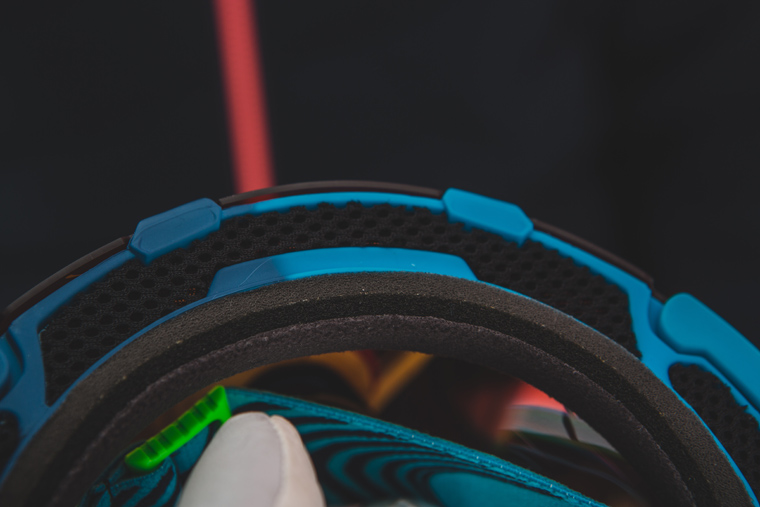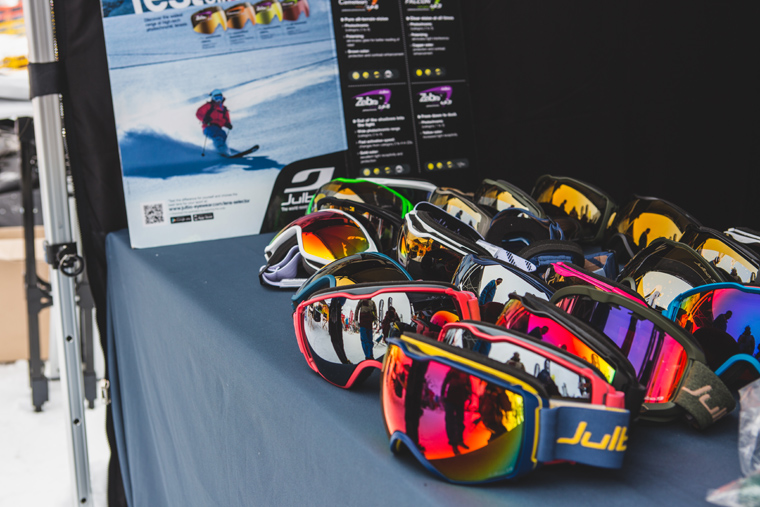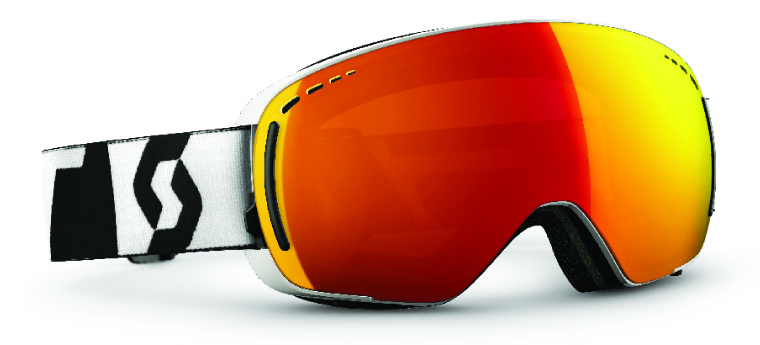How to buy goggles


There’s no excuse for not wearing goggles. As Scott Hargrave, MD of Edge & Wax and a former eyewear buyer, explains: “Goggles offer maximum UV protection, the clearest vision and they protect your eyes.” But before you splash out on the snazziest goggles money can buy, Hargrave reveals what to look for in your eyewear:
1. Anti-fogging features
The key thing here is a double lens with good venting; this ensures that when you’re on the move your lenses will de-fog.

2. Good visibility
The latest trend in goggles is oversized spherical lenses. This is not just a fashion statement – they are there to improve your peripheral vision and, in turn, your safety on the mountain.

3. Lens change systems
There are different categories of lens that work best in certain conditions (see graph below), so having a lens change system means you won’t get caught out if the light changes, which, let’s face it, happens all too often in the mountains.

This chart from Scott shows their grades of lens and the conditions they are intended to be used in. The higher the category is, the lower the light transmission.
CAT = Filter category.
VLT = Visible light transmission. The VLTs are based on lenses built with injected lenses. VLT values are only informative, the VLT can vary in function of the materials and the production processes.
Double lensed
It is an industry standard to fit a front and rear lens together with a thin strip of foam separating them. And it helps reduce fogging.
Lens shape
This can be split into two basic styles: flat and spherical. Flat lenses are cheaper and offer all the UV and elemental protection you need but do not offer as good optical quality as spherical lenses. Spherical lenses are preshaped with a curve to match your vision processes.
Helmet compatibility
Most adult goggles are helmet compatible but some fits will be better than others, so take your helmet along when buying your goggles to ensure you get the most best fit.
Venting goggles
These need vents to allow the warm air from your body out before it condenses on the lens.
Lens tint
Any lens in a snow goggle should block out all UV A, B, C and harmful blue light – no matter what the price. In addition to that, a number of different tints exist and they are designed to perform in different conditions. Check out the chart above for more detail.